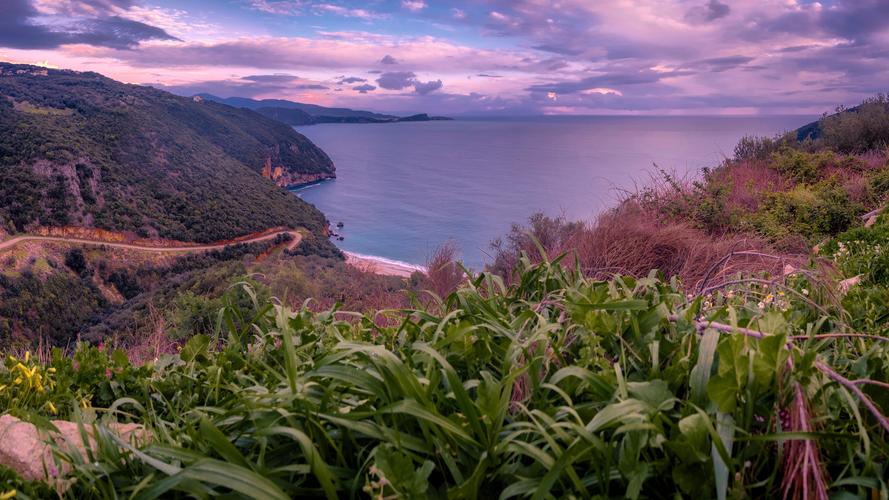As the world becomes increasingly interconnected, it’s essential to understand the cultural traditions that shape the lives of people across the globe. In this article, we’ll delve into the mysteries of diverse cultural traditions and explore the ways in which they are celebrated, preserved, and transmitted from generation to generation.
Breaking Down Cultural Traditions
Cultural traditions are often inseparable from the social and historical contexts in which they arise. They play a critical role in shaping the identity, values, beliefs, norms, and customs of a particular community of people. Cultural traditions can take many forms, ranging from religious practices to artistic expressions, culinary customs, sports events, ethical codes, and more.
One of the most fascinating aspects of cultural traditions is their diversity. Each culture has its unique set of customs and beliefs that reflect its history, geography, language, religion, and politics. By examining and understanding these traditions, we can better appreciate the rich tapestry of human experience and connect with people from all walks of life.
Spotlight on Cultural Traditions
Let’s take a closer look at some of the cultural traditions that have captivated people around the world. From the flamenco dance in Spain to the tea ceremony in Japan, these practices demonstrate the power of tradition to inspire, comfort, and unite people.
In Japan, the tea ceremony, or Chanoyu, is a highly ritualized way of preparing and serving tea that has been around for centuries. It’s an art form that requires precision, grace, and mindfulness. The tea ceremony is a way for people to connect with nature, appreciate beauty, and cultivate harmony.
In Spain, the flamenco dance is a celebration of passion, rhythm, and emotion. It’s a fusion of music, singing, and dance that originated in the southern region of Andalusia and has become a symbol of Spanish identity. Flamenco dancers use their bodies and voices to express joy, sorrow, anger, and love, creating a powerful sensory experience.
In India, the Holi festival, also known as the festival of colors, is a joyful celebration of the arrival of spring. People of all ages come together to throw brightly colored powder and water on each other, dance to music, and feast on traditional dishes. Holi is a way of breaking down barriers, celebrating diversity, and spreading happiness and goodwill.
Conclusion
Cultural traditions are an essential part of our global heritage. They offer us insights into the past, present, and future of humanity. By embracing cultural diversity and learning about different traditions, we can broaden our perspective, foster mutual respect, and build bridges across cultures. So why not explore the mysterious world of cultural traditions and discover the richness of human experience?
(Note: Do you have knowledge or insights to share? Unlock new opportunities and expand your reach by joining our authors team. Click Registration to join us and share your expertise with our readers.)
Speech tips:
Please note that any statements involving politics will not be approved.
